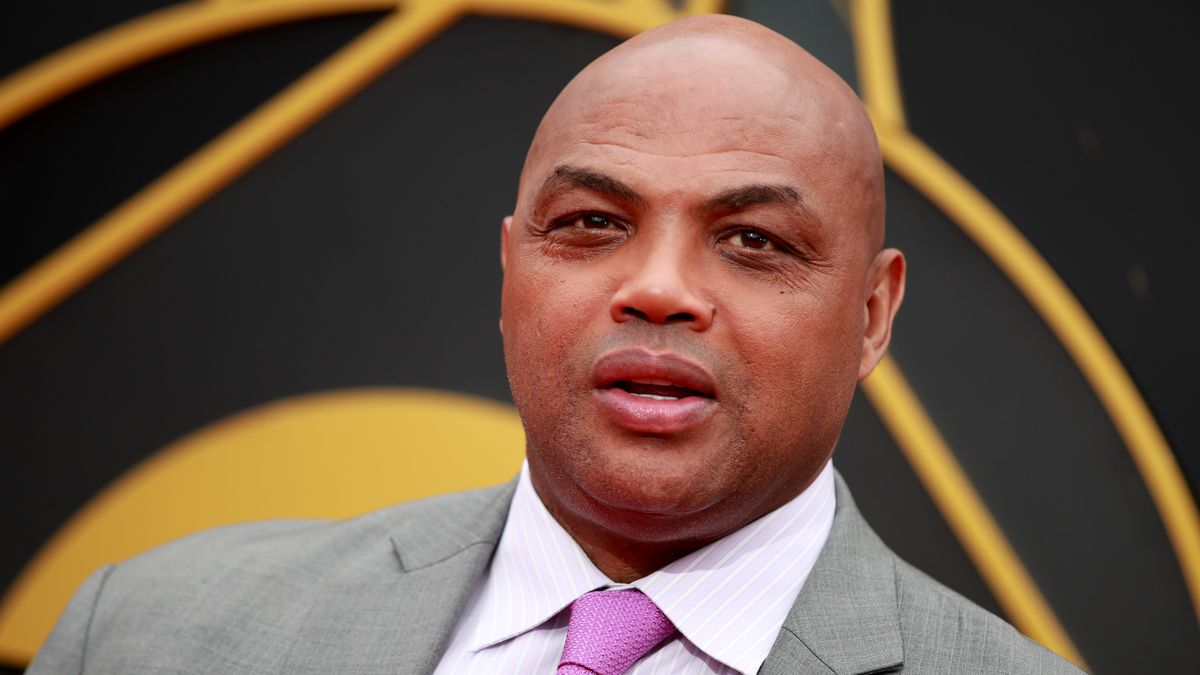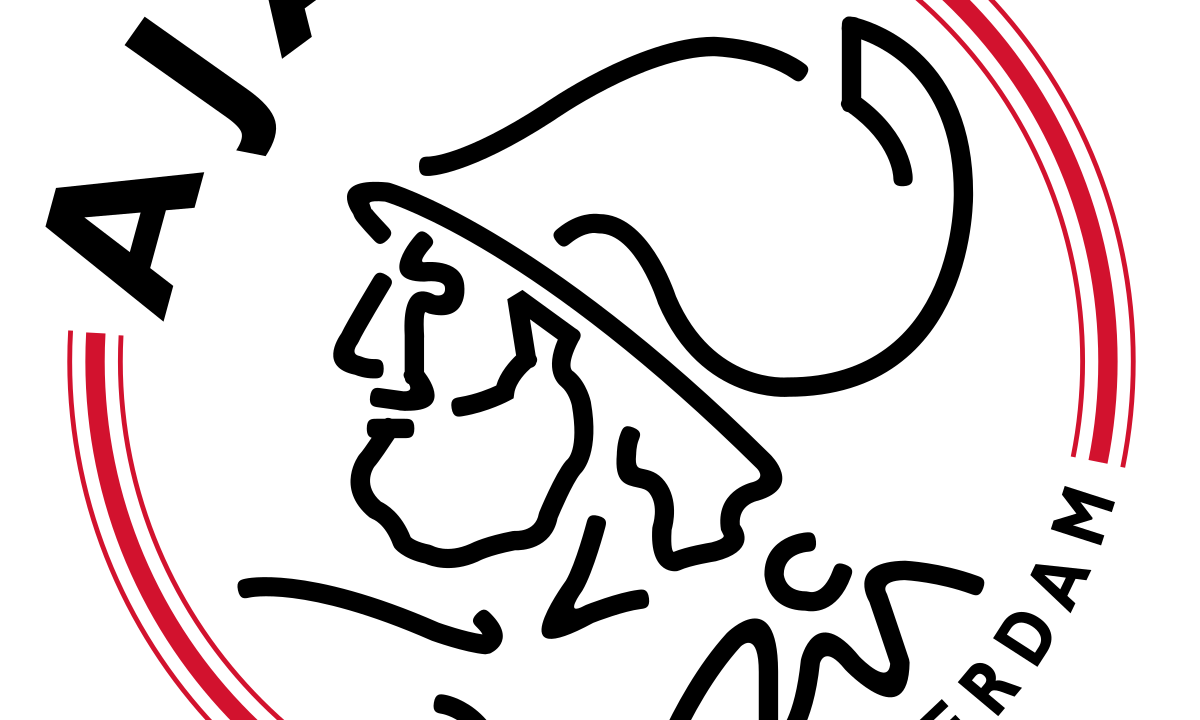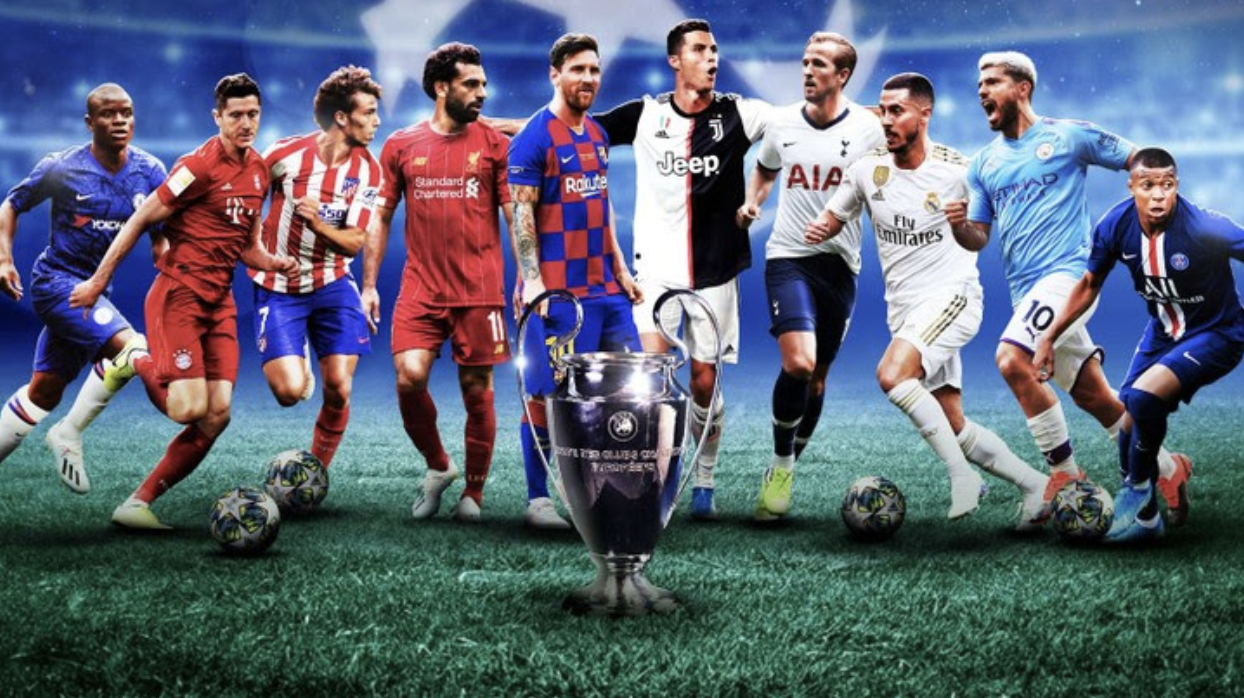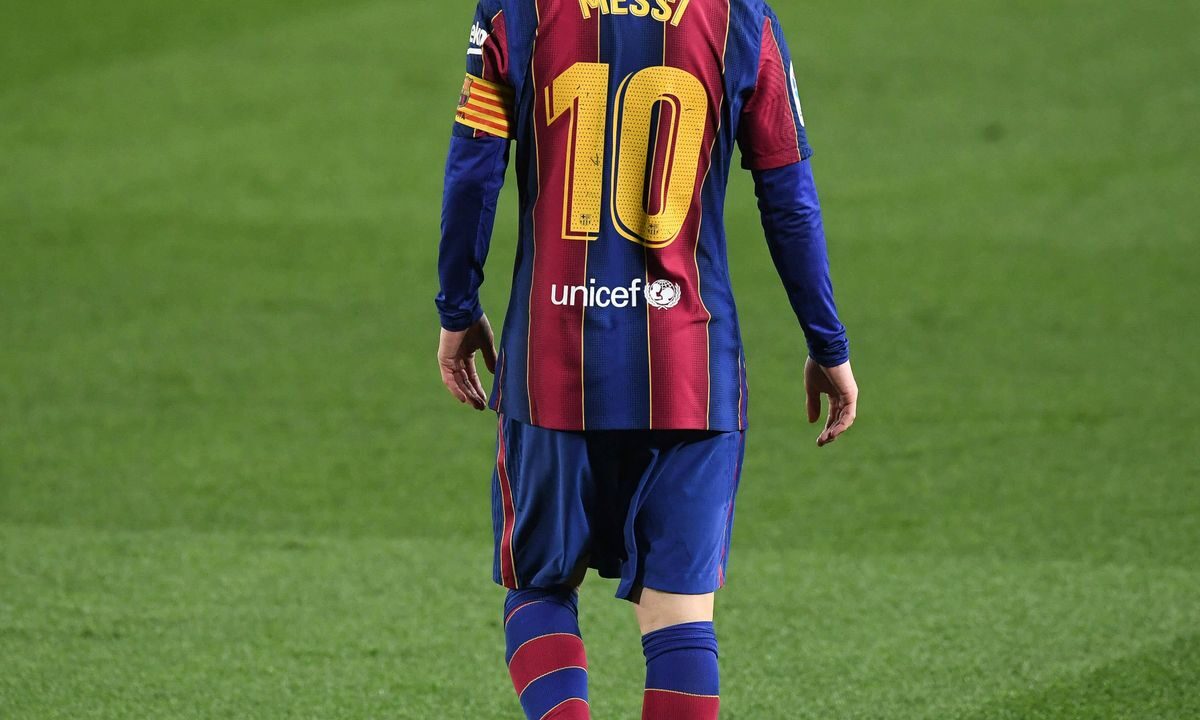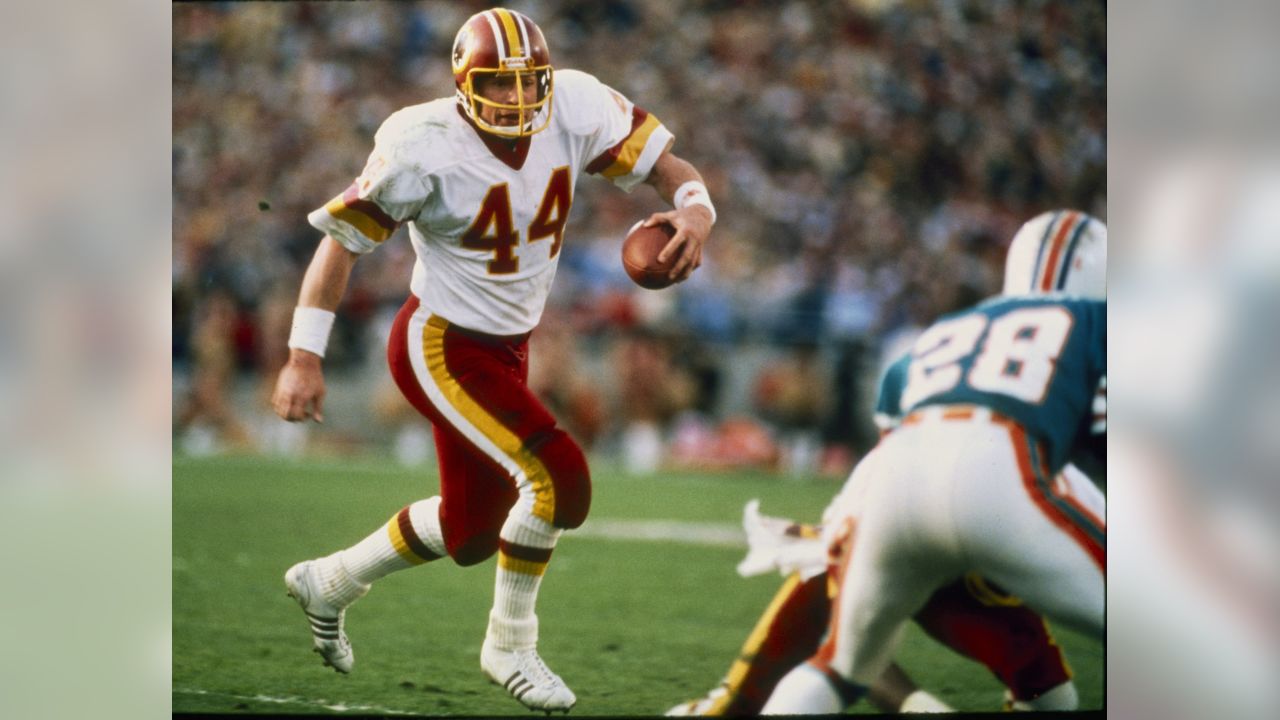Introduction:
Super Bowl XVII, played on January 30, 1983, at the Rose Bowl in Pasadena, California, was a clash of titans between the Washington Redskins and the Miami Dolphins. This championship game not only marked the culmination of the 1982 NFL season but also delivered a memorable showdown that showcased the resilience of the Redskins and the competitive spirit of the Dolphins. In this blog post, we delve into the narrative of Super Bowl XVII, a grueling battle that left an indelible mark on the history of the NFL.
The Context:
Super Bowl XVII unfolded during a time of fierce competition in the NFL, with the Washington Redskins, led by head coach Joe Gibbs, aiming to secure their first Super Bowl title since 1942. The Miami Dolphins, coached by Don Shula, were making their fifth Super Bowl appearance, seeking to add another championship to their storied franchise. The clash between the Redskins and Dolphins promised a spectacle of strategic football and championship intensity.
The Teams and Players:
The Redskins boasted a roster filled with talent, including quarterback Joe Theismann, running back John Riggins, and a tenacious defense led by linebacker Neal Olkewicz. On the opposing side, the Dolphins featured a potent offense with quarterback David Woodley and running back Tony Nathan, supported by a defense anchored by linebacker A.J. Duhe.
The Game Unfolds:
Super Bowl XVII commenced with both teams showcasing their defensive prowess in a closely contested first quarter. The Dolphins drew first blood with a field goal, taking an early 3-0 lead. However, the Redskins responded with a touchdown run by John Riggins, who would become a key figure in the game’s narrative. Riggins’ rushing touchdown not only gave the Redskins the lead but also set the tone for their offensive strategy.
The Dolphins, displaying resilience, regained the lead with a touchdown pass from David Woodley to wide receiver Jimmy Cefalo. As the first half unfolded, the teams traded blows, entering halftime with the Dolphins holding a narrow 17-10 lead.
John Riggins’ Heroics:
Super Bowl XVII became a showcase for the heroics of Redskins running back John Riggins. Riggins, who would later be named the game’s MVP, played a pivotal role in the Redskins’ offensive strategy, rushing for a then-Super Bowl record of 166 yards. His physical running style and ability to break tackles became defining elements of the contest.
In the third quarter, with the Redskins trailing 17-13, Riggins delivered a crucial play with a 43-yard touchdown run, putting the Redskins back in the lead. The touchdown run showcased Riggins’ determination and set the stage for the Redskins to control the tempo of the game.
Key Defensive Moments:
While Super Bowl XVII featured offensive brilliance, key defensive moments played a crucial role in shaping the outcome of the game. The Redskins’ defense, led by Neal Olkewicz and defensive end Dexter Manley, intercepted David Woodley three times, limiting the Dolphins’ scoring opportunities and shifting the momentum in favor of Washington.
The Dolphins’ defense, anchored by A.J. Duhe and defensive back Gerald Small, also made significant plays, but they struggled to contain the Redskins’ ground game. The game’s intensity reached its peak in the fourth quarter, with both teams battling for control and the championship.
The Famous ’70 Chip’ Play:
One of the most iconic moments of Super Bowl XVII occurred in the fourth quarter, with the Redskins facing a critical fourth-and-one situation. Joe Gibbs called a play known as “70 Chip,” a play designed for John Riggins. Riggins powered through the Dolphins’ defense, converting the crucial fourth down and sustaining the drive. This defining play showcased the Redskins’ confidence in their rushing attack and Riggins’ ability to deliver in clutch situations.
Halftime Show and Cultural Impact:
Super Bowl XVII’s halftime show featured a salute to Hollywood and the movies, with performances by the University of Michigan Marching Band. While halftime shows of this era may not have been as elaborate as contemporary productions, they contributed to the evolving cultural significance of the Super Bowl as a major entertainment event.
Legacy and Impact:
Super Bowl XVII left an enduring legacy, marking a triumphant moment for the Washington Redskins and solidifying their status as a football powerhouse. The victory not only secured their first Super Bowl title under Joe Gibbs but also showcased the team’s resilience and ability to execute in high-pressure situations.
John Riggins’ MVP performance, the memorable ’70 Chip’ play, and the overall team effort became defining elements of the Redskins’ storied history. The Dolphins, despite falling short in Super Bowl XVII, displayed championship spirit and competitiveness, adding another chapter to their legacy as one of the NFL’s premier franchises.
Conclusion:
As we reflect on Super Bowl XVII, it stands as a pivotal moment in the annals of the NFL. The game not only celebrated the Washington Redskins’ return to championship glory but also showcased the competitive spirit of both teams. Super Bowl XVII remains a timeless chapter in the history of football, with John Riggins’ heroics and the Redskins’ overall team effort leaving an indelible mark on the legacy of the sport.


